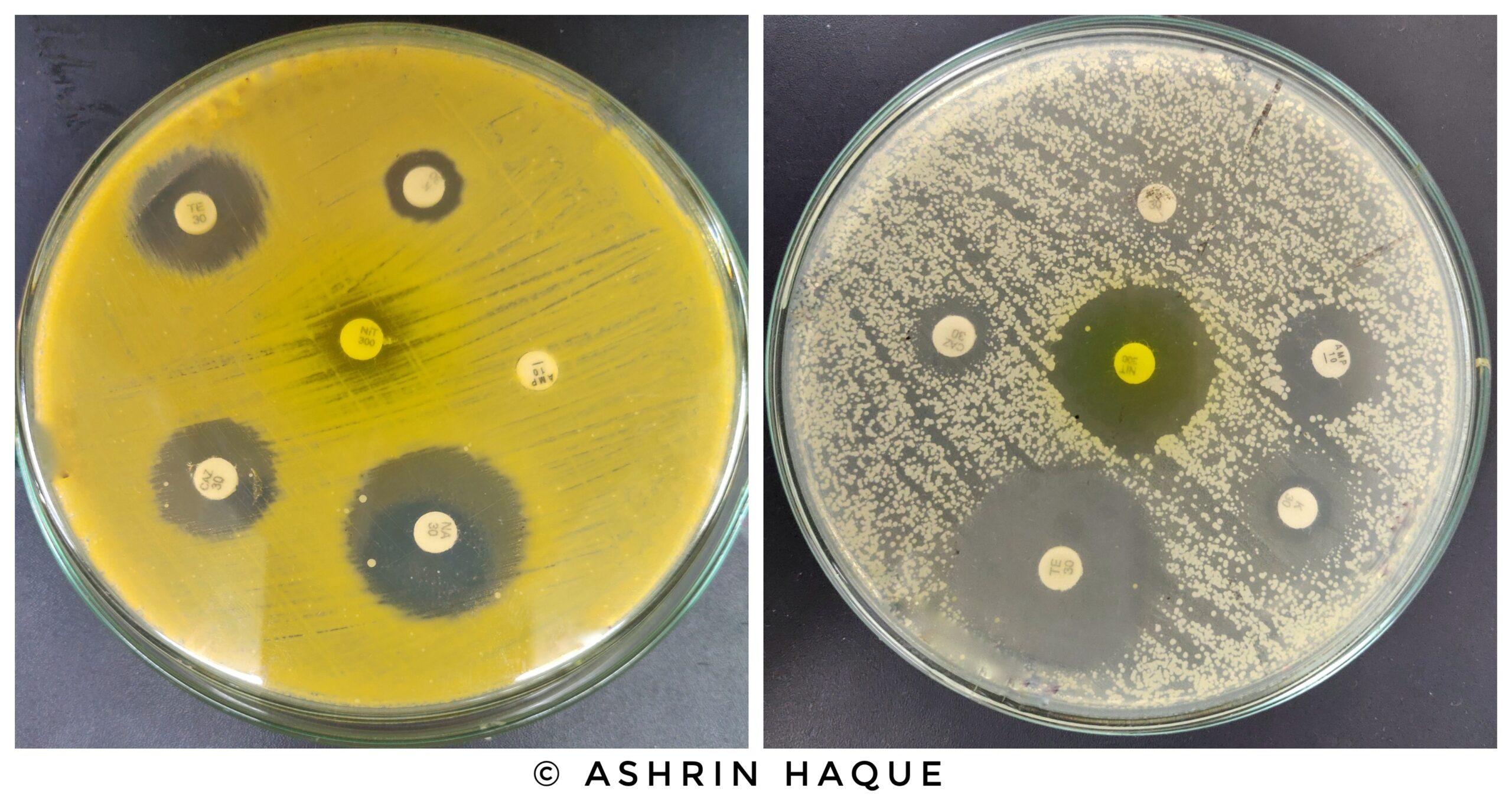Have you ever wondered why the ocean floor isn’t a graveyard of whales bones? Well in the same way terrestrial mammals bones are broken by terrestrial creatures, whale bones are broken by Osedax, for possessing this unique quality they have been identified as Zombie worms. Now, let’s talk about more details regarding this unique and mysterious creature that lives in the depth of a sea
Introduction
In 2004, scientists at the Monterey Bay Aquarium Research Institute (MBARI) found two new kinds of unique tubeworms that feed on whale bones. The bone-eating worms are classified as a new genus called “Osedax,” which means “bone devourer” in Latin. Such kinds of worms don’t want brains; rather prefer bones. It ranges in size from 1 to 3 inches (2 to 7 centimeters)and it was discovered in the bones of a decaying gray whale on the deep seafloor in 2002, at a depth of over 10,000 feet (3,000 meters). (Sarah B. Puschmann,2017)
Anatomy and structure of Zombie worm
The worm’s body and feeding method are quite unlike most animals. It lacks eyes, legs, a mouth, and a stomach but has multicolored feathery plumes and green “roots.” The reddish plumes that extend into the water function as gills. When the worm is disturbed, they attach to a muscular trunk that can be withdrawn into a transparent tube. The body expands at the other end of the trunk, concealed inside the whalebone, to produce a massive egg sac. The green roots that emerge from the egg sac secrete acid into the bone, causing it to dissolve. The dissolved organic substance is then digested by symbiotic bacteria, providing food for the worm..Several Osedax species also have been identified since then, 26 species of Osedax have been found today according to the World Register of Marine species (Waters, 2019).
Sexual reproduction of Zombie worm
Female zombie worms reach a length of approximately 1 inch (3 cm), while males are nearly tiny. They are just about a twentieth of an inch (1 millimeter) long, and hundreds of them live inside a gelatinous tube that covers a portion of the female; males exist solely to fertilize the females’ eggs. In this case, the size difference is an important aspect of the zombie worms’ reproductive strategy. The latest article demonstrates lab studies with a species named Osedax japonicas, in which a group of Japanese researchers discovered that the females began to spawn eggs continuously just six weeks after the worms settled into the tight quarters of their skeletal home. This quick sexual development of females, along with the observed male dwarfism, enables the worms to reproduce effectively in the food-rich but being still being isolated from the habitat of whale bones but surprisingly such larvae of the bone-eating worm can swim for at least 10 days before resting on bones on the ocean floor. This capacity could explain why the species has been able to colonize different surroundings so quickly, despite the fact that its habitats are isolated. (How ‘zombie worms’ have sex in whale bones, 2013)
Roles to the ecosystem
Large species, such as whales, tend to sink to the ocean’s bottom, which can be miles below the surface. These are the coldest and darkest parts of our oceans, where sunlight cannot penetrate depths deeper than 1000 meters. The majority of life on Earth requires sunlight: primary producers (phytoplankton and algae) use the sun’s energy to create their own food, which is then consumed by all larger species. Without sunshine, inhabitants in the deepwater must rely significantly on food that falls from the surface. This food may be in the form of marine snow (a slurry of mixed live and dead plankton, animal carcasses, feces, and other delectable organic debris) or larger species such as kelp, tree trunks lost at sea, and, of course, whales. Whale falls are key components of deep-sea food webs, providing a significant surge of food to an otherwise barren environment and allowing for the inclusion of other, smaller creatures. Hagfish, worms, crabs, and a variety of other creatures subsequently swarm around the whale to feed. After several months or years, the whale’s remains are picked away, leaving only a cleaned skeleton. Even bones are nutrient-dense and high in fat content. However, breaking open the hard, calcified bones and gaining access to such nutrients is difficult. In addition to certain bacteria, Zombie worms play a prominent role to clean up the ocean as it has been decomposing the dead body of the whale and balancing the ecosystems from being contaminated to the other marine species. While these unusual worms have been identified as important decomposers of large whale falls, scientists have yet to determine how they affect the small ecosystems that emerge surrounding whale falls. Our lack of knowledge regarding Osedax worms and whale fall populations is difficult due to the small scope of opportunity to explore deep-sea habitats. (Marranzinol, 2017)
References
- Hakai Magazine, Tiny Zombie worms are the beavers of the deep. Hakai Magazine. Available at: https://hakaimagazine.com/news/tiny-zombie-worms-are-beavers-deep/#:~:text=Osedax%20worms%2C%20also%20known%20as,a%20taste%20for%20the%20macabre.&text=Resembling%20clusters%20of%20floppy%2C%20hot,absorb%20the%20luscious%20fat%20inside. [Accessed February 2, 2022].
- Marranzino, A. (2017, December 27). The backbone of an ecosystem: bone-eating zombie worms control biodiversity at deep-sea whale falls. Oceanbites. https://oceanbites.org/the-backbone-of-an-ecosystem-bone-eating-zombie-worms-control-biodiversity-at-deep-sea-whale-falls/#:%7E:text=Zombie%20worms%2C%20in%20the%20genus,fats%20stored%20within%20the%20bone.
- Miyamoto, N., Yamamoto, T., Yusa, Y., & Fujiwara, Y. (2013). Postembryonic development of the bone-eating worm Osedax japonicus. Naturwissenschaften, 100(3), 285-289.
- Waters, H. (2019, July 18). Zombie worms crave bone. Zombie Worms Crave Bone. Retrieved February 10, 2022, from https://ocean.si.edu/ocean-life/invertebrates/zombie-worms-crave-bone
“Since the article has been written to reflect the actual views and capabilities of the author(s), they are not revised for content and only lightly edited to be confirmed with the Learn life sciences style guidelines.”











Good an very informative post. I will come back to your blog regullary. One thing: I do not exactly know what do you mean in the second paragraph. Could you please exmplain your opinion?
In the second paragraph, I do mean that The worm is very different from most animals in how it looks and how it eats. It doesn’t have eyes, legs, a mouth, or a stomach, but it does have feathery plumes of different colors. The gills (the paired respiratory organ of fish and some amphibians, by which oxygen is extracted from water) are the reddish plumes that stick out of the water. When the worm is moved, it attaches itself to a strong trunk that can be pulled into a straightforward position. At the other end of the trunk, where the whalebone is, , then osedex used the dead body of the whale as a habitation and food source. It secrete acid to breakdown the bone so that the dissolving substance digested by the worm and continue to lay their eggs
Heya i’m for the first time here. I came across this board and I find It really useful & it helped me out much. I hope to give something back and help others like you helped me.
I am perpetually thought about this, thankyou for posting.
Youre so cool! I dont suppose Ive read anything like this before. So nice to find any person with some unique thoughts on this subject. realy thanks for beginning this up. this web site is something that is needed on the internet, someone with just a little originality. useful job for bringing something new to the web!
Hi my friend! I wish to say that this article is awesome, nice written and include approximately all significant infos. I’d like to see more posts like this.
It’s in reality a nice and useful piece of info. I am satisfied that you shared this helpful info with us. Please keep us up to date like this. Thanks for sharing.
Good day very cool website!! Man .. Beautiful .. Amazing .. I’ll bookmark your site and take the feeds additionally?KI am happy to search out so many helpful information here within the publish, we’d like work out extra strategies in this regard, thank you for sharing. . . . . .
Awesome post . Thanks for, commenting on this blog mate. I shall email you soon! I didnt realise that.
I appreciate you sharing this blog article. Much obliged.
Reading your article helped me a lot and I agree with you. But I still have some doubts, can you clarify for me? I’ll keep an eye out for your answers.